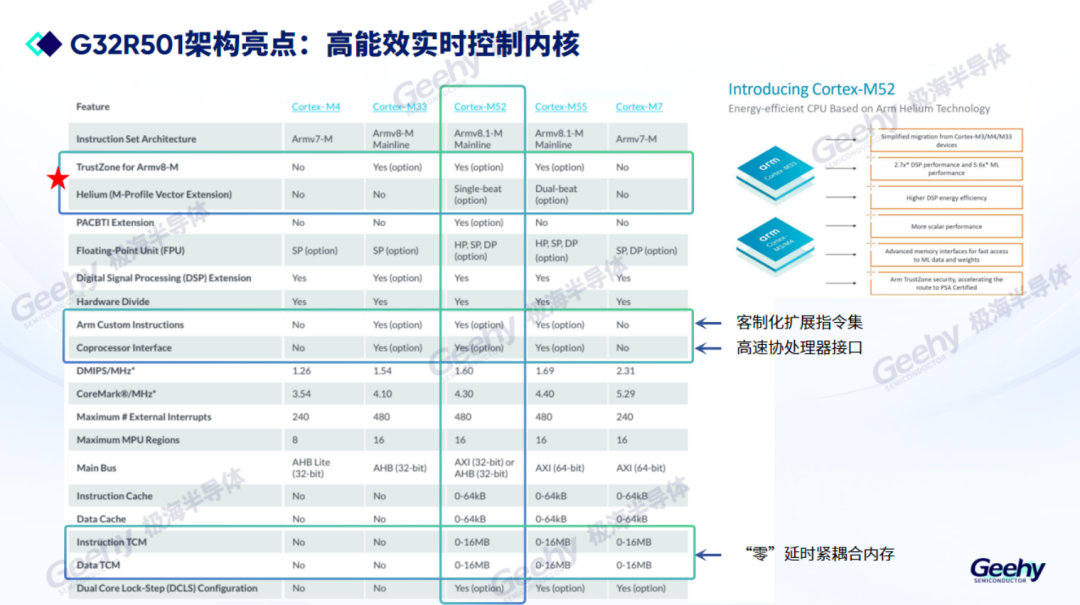As the application fields of robots continue to expand from traditional industrial manufacturing to various sectors such as healthcare and agriculture, robot control systems are facing unprecedented challenges. To address these challenges, robot control systems must meet four core “high” requirements:
First, high explosiveness, meaning the system must have the capability to run complex control strategies and algorithms, ensuring it can output high power instantaneously when needed to meet high-intensity operational demands;
Second, high dynamics, where the control system must possess the ability to respond and adjust quickly to flexibly adapt to various changing tasks and control requirements;
Third, high precision, as both fine operations in industrial production and precise surgeries in the medical field impose extremely high demands on the control accuracy of robots;
Finally, high safety, especially in scenarios involving autonomous driving and human-robot collaboration, where functional safety has become the cornerstone of robot design. The control system must incorporate comprehensive fault diagnosis and safety protection mechanisms to ensure the safety and reliability of the operation process.
These four “high” requirements collectively constitute the key direction for the development of current and future robot control systems.
As a subsidiary of the publicly listed company Nandstar, Jihai Semiconductor has been continuously expanding its business areas in recent years, gradually moving from the printing industry into industrial and automotive sectors. In 2024, Jihai Semiconductor further expanded its product line by launching the G32R501 real-time control MCU/DSP chip based on the Cortex-M52 dual-core architecture. This chip not only possesses high-performance computing capabilities but also integrates high-precision ADC and DAC, along with rich control interfaces, meeting the demands for high explosiveness, high dynamics, high precision, and high safety in robot control systems. On May 12, 2025, at the 15th Songshan Lake China IC Innovation Summit Forum, Senior Manager Lu Pengsheng of Zhuhai Jihai Semiconductor provided a detailed introduction to the chip’s related features.
The G32R501 chip adopts a dual-core Cortex-M52 architecture, featuring a design of “2 brains + 2 small brains.” The dual-core M52 provides powerful computing capabilities to meet the demands of robot control systems for complex control strategies and algorithms. The “2 small brains” refer to designated computing units optimized for the algorithms required by motor and power control systems, based on Arm Cortex instruction levels, providing efficient algorithm acceleration.
Additionally, the G32R501 chip also includes a code security protection module that supports secure encrypted booting, ensuring the safety of customer code. Furthermore, the chip complies with IEC 61508 standards, achieving a system-level functional safety of SIL 2 (hardware), providing reliable safety assurance for robot control systems.

Lu Pengsheng emphasized that Jihai Semiconductor has fully considered the actual needs of robot control systems. The choice of the dual-core M52 architecture for the G32R501 is based not only on customer performance requirements but also on factors such as the chip’s operating temperature, reliability, and cost in harsh environments. Through the dual-core design, Jihai Semiconductor has successfully distributed processing capabilities, enhancing the system’s flexibility and reliability.
At the same time, the G32R501 chip also integrates a Helium acceleration unit, which is an acceleration unit designed by Arm for machine learning vector operations. By utilizing hardware acceleration, the chip can efficiently complete complex computational algorithms, improving the system’s real-time performance.
To validate the actual performance of the G32R501 chip, Jihai Semiconductor provided a quasi-mass production-level reference design and conducted multiple performance tests. The test results showed significant improvements in inertia ratio, speed fluctuation, system limit frequency, and time computation compared to existing solutions. Notably, in the standard test for fast current loops, the G32R501 chip achieved a single-core current loop of 0.76 microseconds, outperforming similar products.
Moreover, Jihai Semiconductor also offers a sensorless high-precision control solution, with a built-in observer that can continue to safely control the entire system in the event of encoder position feedback failure. This solution provides strong assurance for the safety and reliability of robot control systems.
Lu Pengsheng stated that Jihai Semiconductor will continue to strengthen cooperation with customers, providing a one-stop solution design platform of chip + algorithm + reference design to help customers better achieve product development and market promotion. He also previewed two new products: the APM32F427 industrial-grade high-performance MCU and the G32R430, the first encoder-specific MCU in China. The launch of these two new products will further expand Jihai Semiconductor’s applications in the industrial and robotics fields.